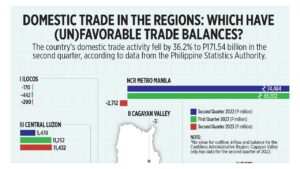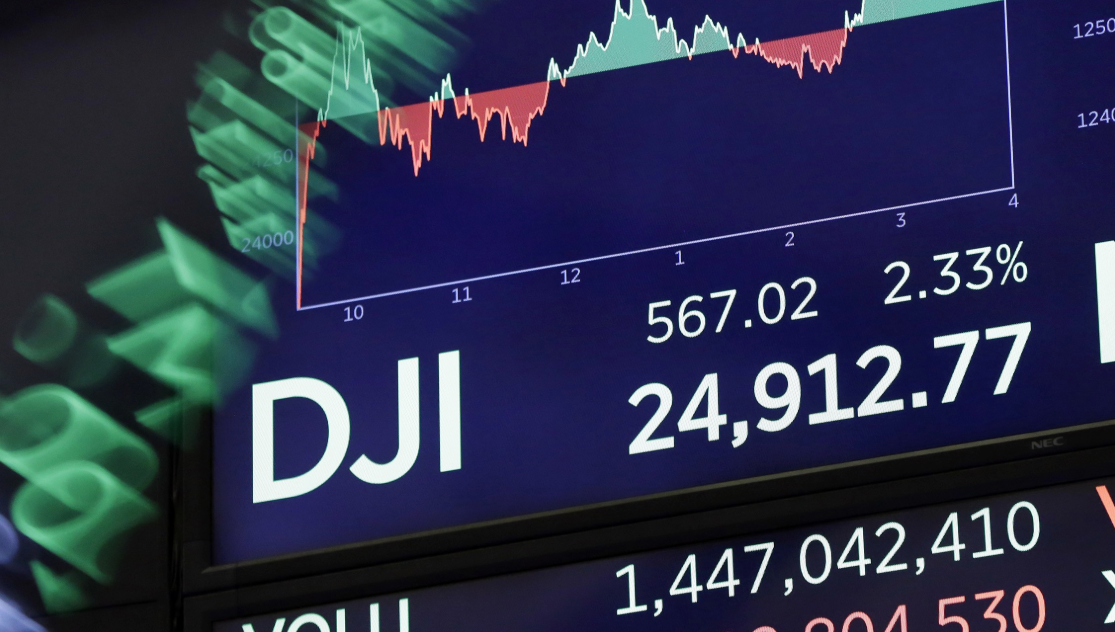Cheaper medicine

In the case of diabetics, a spoonful of sugar just makes things worse. What helps the “medicine” go down is insulin, a hormone made in the pancreas that regulates the amount of glucose in the blood. But for diabetics, their ability to produce insulin is impaired. So, depending on their condition, they inject themselves with insulin to help control their blood sugar.
For many diabetics, insulin is a life-saver. Without it, even with the strictest diet, diabetes can be fatal. In the Philippines, according to government statistics, deaths due to diabetes mellitus accounted for a 6.6% share in 2022, making it the fourth leading cause of death in the country. In comparison, deaths due to hypertensive diseases ranked fifth with a 5.9% share.
In 2019, Congress passed Republic Act 11223, or the Universal Health Care (UHC) Act. The law’s objective is to ensure that all Filipinos get access to basic healthcare and ward accommodation, at the government’s cost. Ideally, even the poorest of the poor and the marginalized should be able to seek medical attention, and receive basic medicine, at PhilHealth’s expense.
The law also requires the “regulation” of health goods and services, which include the pricing of medicine. Among others, the law provides for a mechanism to set maximum retail prices for drugs and medicines; mandatory provision of fairly priced generics in all drug outlets; and, regulation of price mark-ups of essential medicines in Department of Health (DoH)-administered health facilities.
What the UHC law legislates are enhancements to the Generics Act of 1988 and the Cheaper Medicines Act of 2008. All these laws intend to make available to the public lower-priced medicines. In addition, in February 2020, an Executive Order was issued to regulate the prices of an initial list of 87 drugs. This was followed by a second order in December 2021 covering another 34 drugs. Both orders reportedly reduced retail prices at an average of 50%.
According to DoH literature, “a medicine is subject to MRP [Maximum Retail Price] if it is indicated for a disease with the highest burden in terms of magnitude and severity, such as hypertension, atherosclerotic cardiovascular disease, diabetes, asthma, cancer, pain syndromes, and neonatal diseases.”
The challenge, I believe, is to convince pharmaceutical companies to unilaterally lower the price of their medicines now, instead of waiting for government’s heavy-handed regulation of prices in the near future. This way, pharmaceuticals can help make life-saving medicine more accessible particularly to the poor, and people in general can spend less on healthcare.
At the same time, as universal healthcare kicks in, with government’s wholesale procurement of medicines, the cost can go down even further for medicines made available to the public through government hospitals and public health centers. The pressure on PhilHealth funds will also be eased as the general cost of healthcare drops.
Of course, by lowering medicine prices now, pharmaceutical companies will have to accept lower profits. However, with universal healthcare in the offing, the program’s success depends heavily on having a generally healthy population that can afford to pay taxes and PhilHealth insurance premiums. It is a matter of having a young and healthy population sustaining a health insurance fund that pays for everybody. Fund survival means more money coming in than going out.
A sickly population spends more on health, and drains faster whatever pool of funds has been set up to pay for healthcare. A sickly population is also less productive, and is less likely to pay taxes, and contribute less premium to health insurance. Overall, this situation makes it also more difficult for governments — national and local — to continue subsidizing healthcare costs.
More important, lower prices can help grow the market. People who didn’t buy medicine because of their high cost might be convinced to start filling their prescriptions. In short, the untapped market can now be served. Again, with R&D on older medicine done and paid for, increasing sales volumes, even at lower margins, can actually bring up sales and profits.
And lowering prices now, unilaterally, gives everybody a little more breathing space in terms of financing healthcare. The generics law has made some headway in terms of making basic medicine more affordable. And pharmaceutical companies tried to fight that law in the past, but eventually accepted the situation as the one that was best for all.
About two weeks ago, CNN reported that global pharmaceutical group Eli Lilly would undertake “a series of price cuts that would lower the price of the most commonly used forms of its insulin by 70%.” Moreover, the company would “automatically cap out-of-pocket insulin costs at $35 [per month] for people who have private insurance and use participating pharmacies” as well as for those who are uninsured.
The Eli Lilly plan was lauded by US President Joe Biden, who noted that “for far too long, American families have been crushed by drug costs many times higher than what people in other countries are charged for the same prescriptions. Insulin costs less than $10 to make, but Americans are sometimes forced to pay over $300 for it. It’s flat wrong.”
CNN reported that the US President also urged other pharmaceutical companies to cut insulin prices, in line with a law that was enacted in 2022 that capped the price of insulin at $35 for seniors. Eli Lilly will even lower the list price of its nonbranded insulin to $25 a vial by May 1, from the current list price of $82.41 for a vial. The company, CNN added, will also lower the list price of its Humalog vial to $66.40 from $274.70.
CNN also reported, quoting the American Diabetes Association, that “the average price of insulin nearly tripled between 2002 and 2013,” while GoodRx noted that the average retail price of insulin rose 54% between 2014 and 2019. Meantime, the demand for insulin has gone up by leaps and bounds as more people became chronically ill with diabetes.
If Eli Lilly can do major price cuts for its insulin products in the US market, in response to a US law passed last year, can the Philippines get it to do the same here? Is there basis in law at this point to compel the company to do price cuts locally? Or, will gentle persuasion be enough to encourage similar price reductions since the local market for insulin is substantial anyway? Volume can help boost margin.
More important, can other global pharmaceutical companies be persuaded to follow Eli Lilly’s lead? In the same manner, can local makers and retailers of medicine go ahead of the curve and start bringing down their medicine prices now? Doing so will be a big support to the government’s universal healthcare plan. Medicine price cuts can benefit all.
Marvin Tort is a former managing editor of BusinessWorld, and a former chairman of the Philippine Press Council




